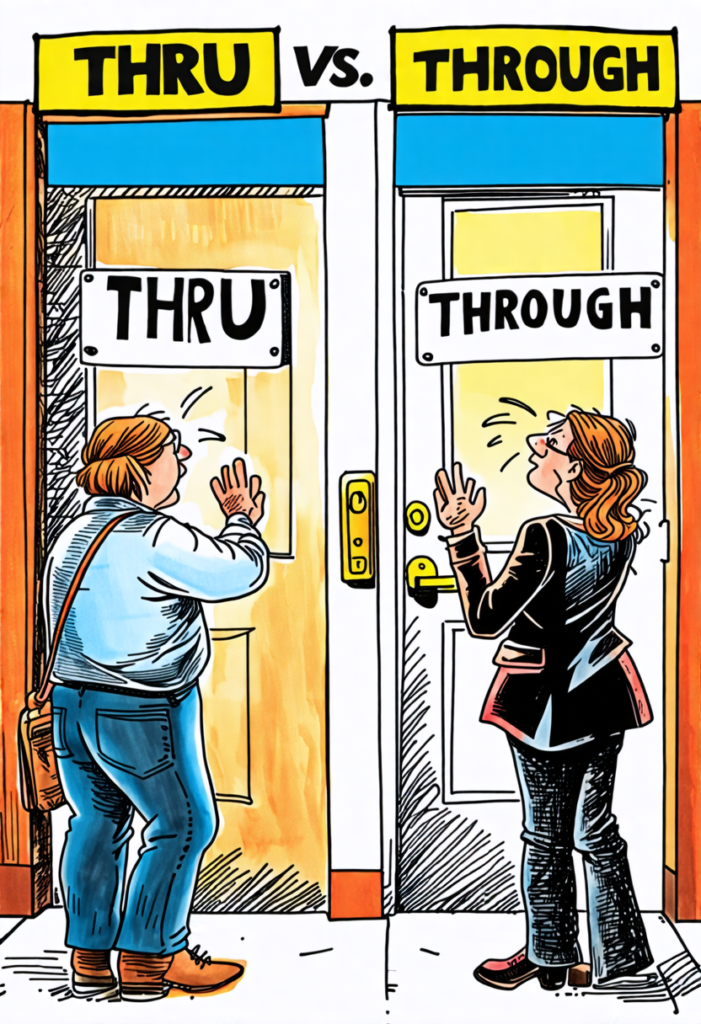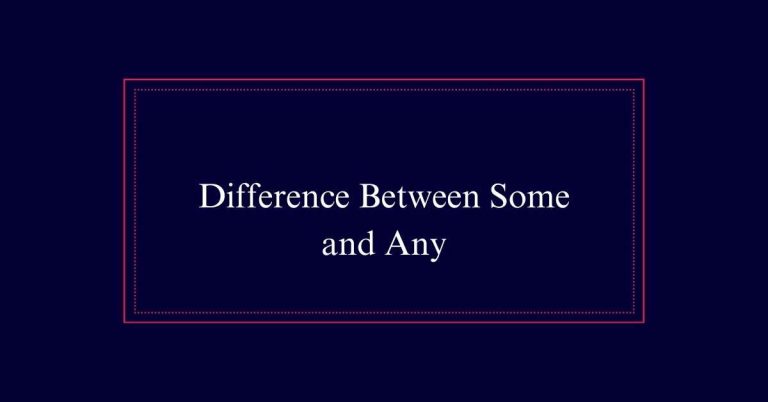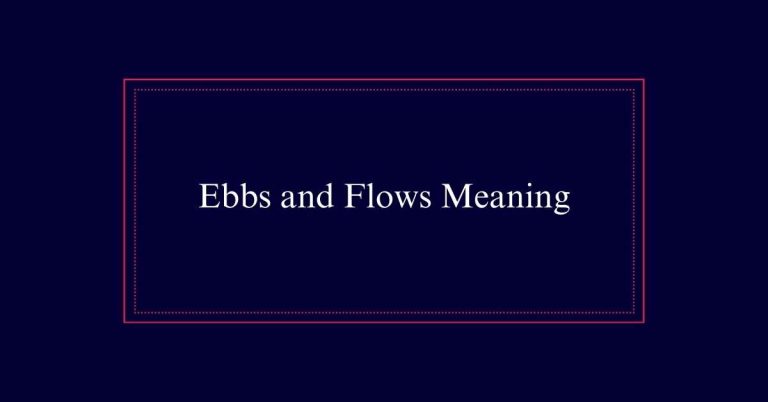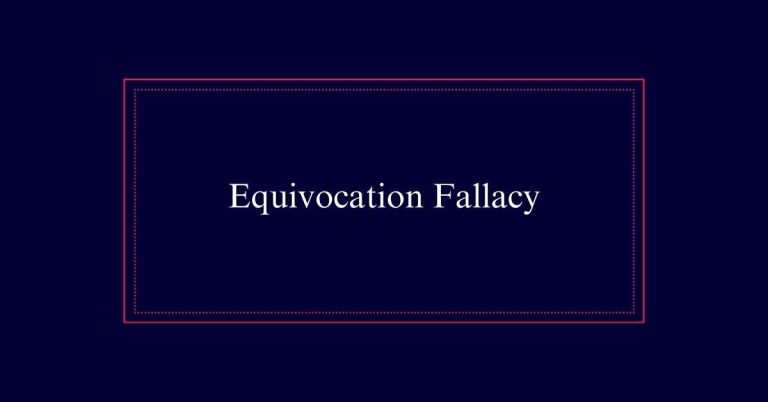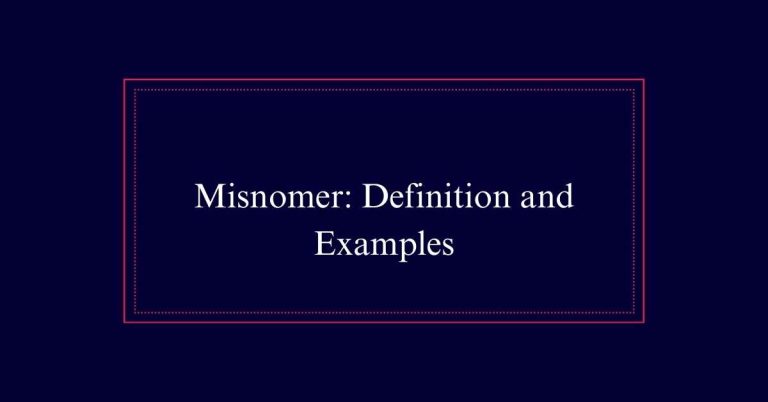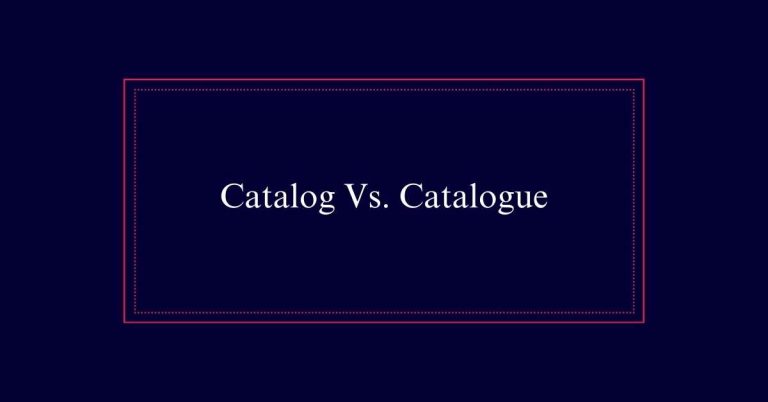Thru Vs. Through
The words ‘thru’ and ‘through’ are context-dependent. ‘Through’ is the formal spelling, suitable for professional and official communications. It suggests movement from one side to another or completeness. ‘Thru’ is an informal variant, often utilized in casual settings like texting, social media, and certain signage, such as “drive-thru.”
While ‘through’ maintains grammatical standards and clarity in official contexts, ‘thru’ reflects the modern trend toward brevity in digital communication.
Definitions of Through
Understanding the word ‘through’ requires examining its use as a preposition, adverb, and adjective.
As a preposition, ‘through’ implies movement from one side to another, such as in ‘He rode his bicycle through the door.’
As an adverb, it denotes completion or thoroughness, as in ‘You have to read the book through.’
When used as an adjective, it describes something that lasts for an entire period, such as ‘We were dancing all through the concert.’
‘Through’ serves formal writing contexts, ensuring clarity and precision. Its use is essential for constructing sentences that convey movement, completion, or duration effectively.
Definitions of Thru
Thru is an informal variant of the word through, commonly used in casual communication such as texting and instant messaging. It serves as a simplified spelling that has gained popularity in modern language, especially in contexts where brevity is valued.
Thru is not typically used in formal writing, but it finds acceptance in various informal situations.
- Texting and instant messaging: Quick and informal exchanges.
- Drive-thru services: Commonly seen in fast food and banking.
- Casual notes: Informal memos or messages.
- Advertising and signage: Simplified communication for quick reading.
Despite its informal nature, thru is widely recognized and understood, reflecting how language evolves with changing communication needs.
Usage of Through
Through is used in various contexts as a preposition, adverb, and adjective. As a preposition, it indicates movement from one side to another, such as in ‘He walked through the park.’
As an adverb, it suggests completion, for example, ‘Read the book through.’ When used as an adjective, it can describe something that continues without interruption, like ‘a through train.’
Through is the formal, widely accepted spelling in both written and spoken English. It is commonly utilized in professional and academic contexts. The word conveys clarity and precision, making it suitable for formal documentation, literature, and official communication.
Usage of Thru
While ‘through’ is the formal spelling, ‘thru’ has gained popularity in informal contexts. This shorter form is particularly favored in casual communication, such as texting and instant messaging. Additionally, ‘thru’ is commonly used in specific scenarios like drive-through services.
Informal usage: ‘Thru’ is often seen in informal writing, such as messages and social media posts.
Drive-throughs: Many businesses, especially fast-food restaurants and banks, use ‘drive-thru’ to indicate their service windows.
Efficiency: In quick, informal exchanges, ‘thru’ can save time and space.
Cultural acceptance: The increasing use of ‘thru’ reflects broader trends in language simplification and adaptation.
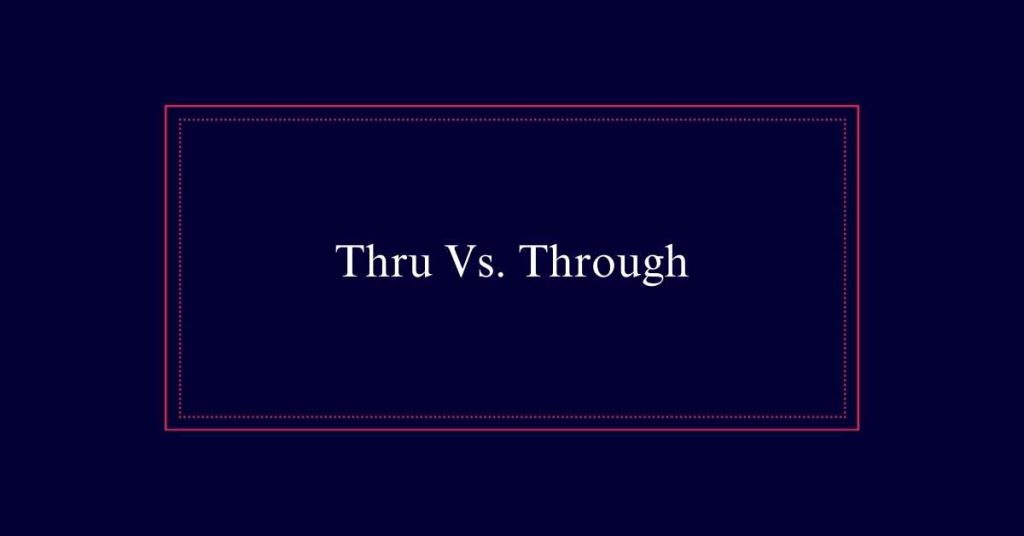
Formal Writing With Through
In formal writing, it is essential to use the proper spelling of ‘through’ to maintain professionalism and clarity. The word ‘through’ is universally recognized and respected in academic, business, and legal documents. Its precise spelling guarantees that the text is taken seriously and understood by all readers.
Using ‘through’ correctly aligns with grammatical standards and avoids any confusion that might arise from informal variations. For instance, when drafting reports, proposals, or official correspondence, ‘through’ should always be the preferred choice. This practice upholds the document’s integrity and reflects the writer’s attention to detail.
Informal Writing With Thru
Thru is often used in informal writing, such as texting and instant messaging. This simplified spelling caters to quick, casual communication where brevity is key.
While ‘through’ is the standard in formal contexts, ‘thru’ has found its place in everyday, less formal exchanges.
Quick messages benefit from shorter spellings in texting.
Conversational tone makes ‘thru’ appropriate in instant messaging.
Character limits encourage shortened words on social media.
Commonly accepted informal spelling in signage is seen in drive-thru services.
Examples in Context
Understanding the differences between ‘through’ and ‘thru’ is essential for proper usage in various contexts.
For instance, the Pittsburgh Symphony Orchestra canceled concerts through Dec. 5, which demonstrates the formal use of ‘through’ in an official announcement.
Another example is from WRIC: ‘Motorists should allow extra time to get through the area during shift changes,’ indicating a formal, informative context.
In contrast, ‘thru’ is often used informally.
The New York Daily News reported, ‘Over 100 people got married in run-thru weddings during the Rock n Roll Las Vegas Marathon,’ showing informal context.
Additionally, the Times Free Press mentions, ‘Drive-Thru Prayer event takes place on the first Tuesday of each month,’ which highlights the informal, yet accepted use of ‘thru’ in specific scenarios.
Drive-Through Spelling
The term ‘drive-through’ often adopts the informal spelling ‘drive-thru,’ especially in commercial settings. This choice is driven by marketing and ease of recognition. The simplified spelling is common in fast food, banking, and pharmacy services.
Key points about ‘drive-thru’ usage include:
- Commercial Appeal: Shorter spellings are more eye-catching.
- Space Constraints: Signage often has limited space.
- Consumer Familiarity: Customers recognize and accept ‘drive-thru.’
- Speed of Communication: Shorter words are quicker to read.
While ‘drive-through’ remains the formal spelling, ‘drive-thru’ is widely accepted in business contexts. This informal version aligns with the need for brevity and clarity in advertising.
Choosing the Right Form
Choosing the right form between ‘through’ and ‘thru’ depends on the context and audience. In formal writing, ‘through’ is the correct choice. It appears in academic papers, business documents, and official communications.
On the other hand, ‘thru’ is acceptable in informal settings, such as texting or casual emails.
Consider the following points:
- Audience: Use ‘through’ for formal audiences and ‘thru’ for informal ones.
- Medium: ‘Through’ suits printed materials; ‘thru’ fits digital conversations.
- Context: ‘Through’ is used in serious contexts; ‘thru’ in casual ones.
- Specific Terms: ‘Drive-thru’ is an accepted usage in certain phrases.
